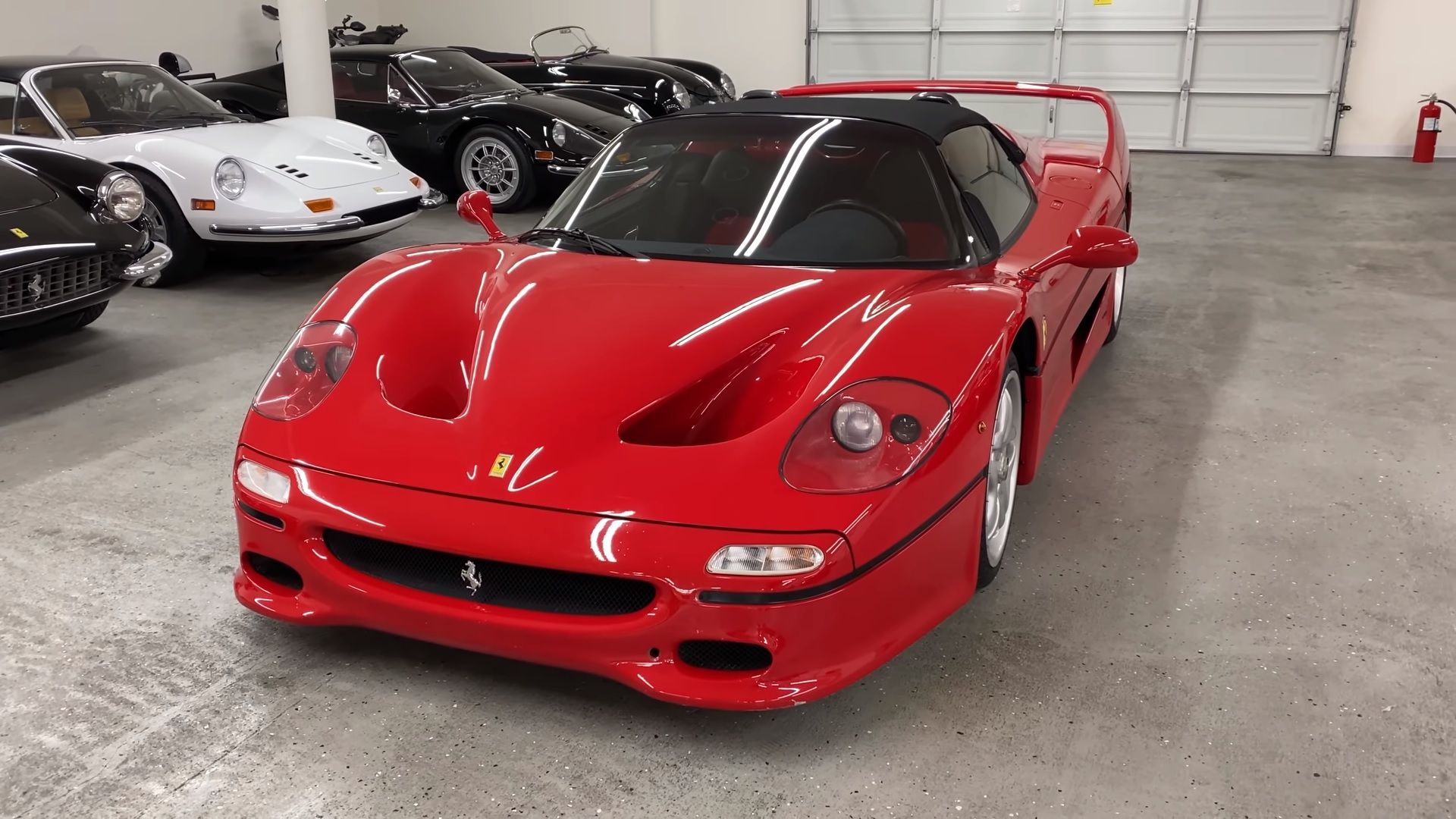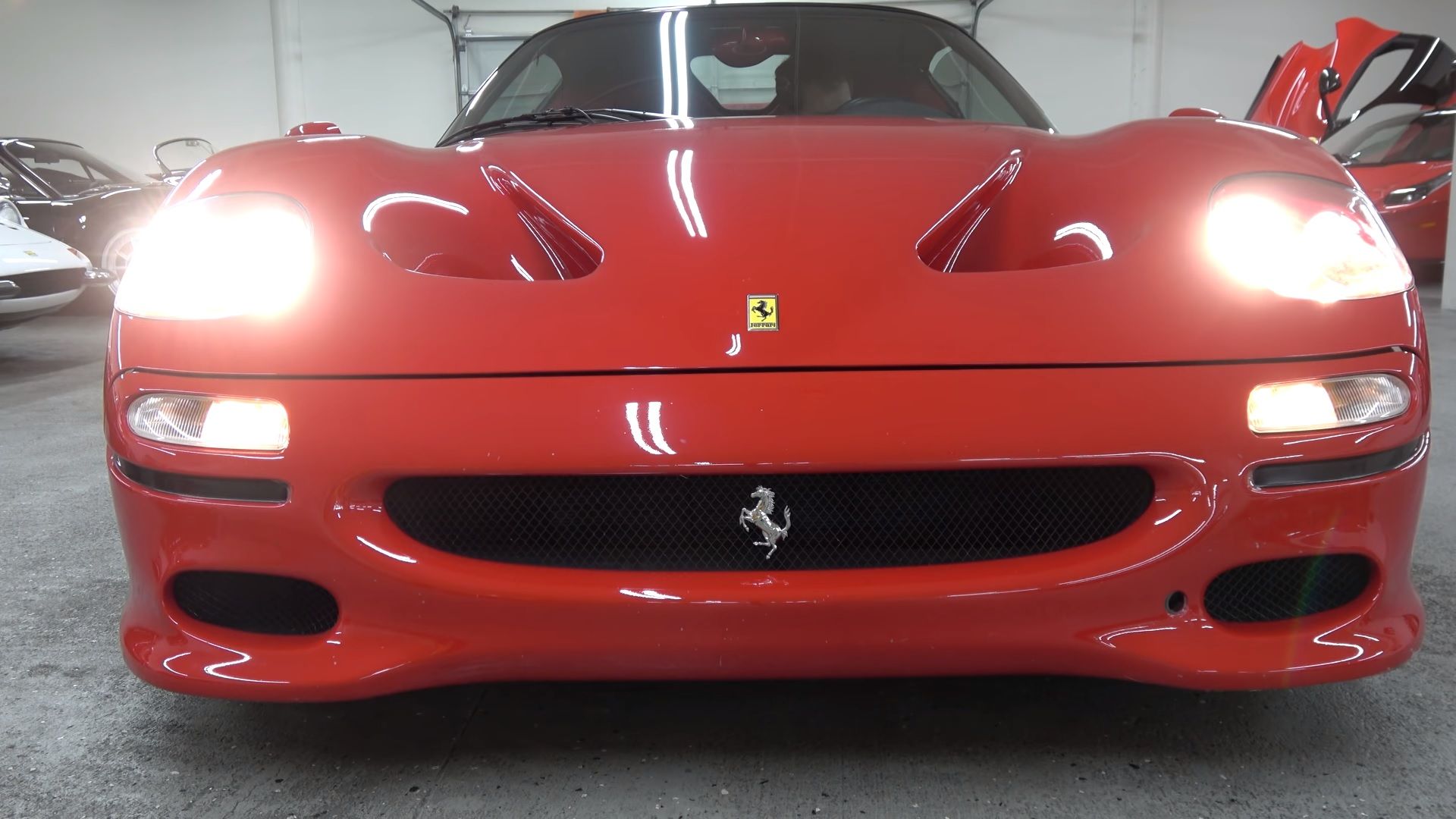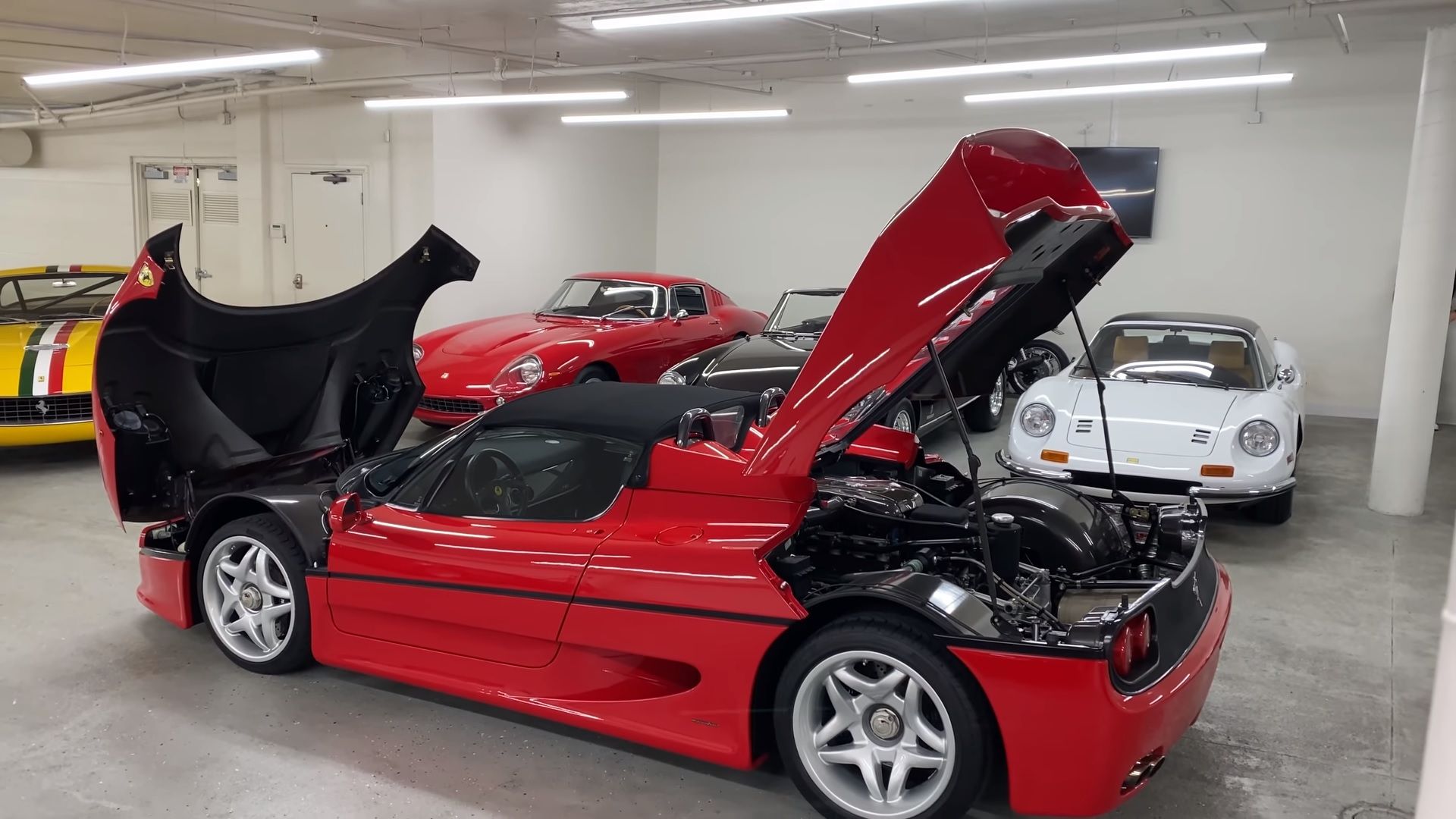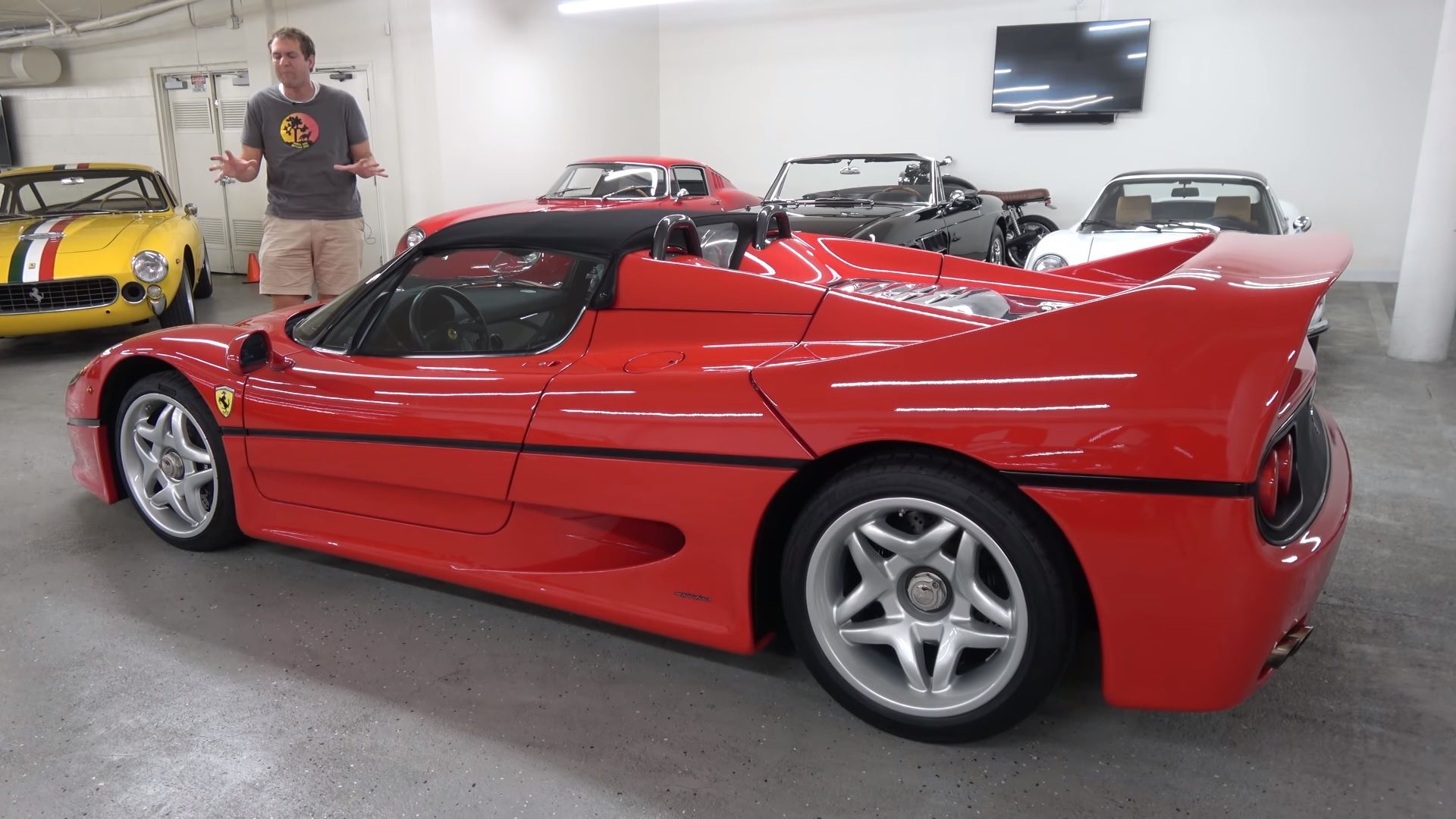Back in the early 1990s, Ferrari was facing a major crisis. The death of founder Enzo Ferrari in 1988 was still hanging heavy on the future of the brand and although successful and in high demand at first, the F40 was beginning to fade away. It was time for a new supercar to take its place and it came in 1995 as the Ferrari F50.
The Ferrari F50 came with a speculator-proof lease plan
What’s more, in an attempt to fend off quick turnaround schemes and speculators (which were smelling blood once again, after the F40) Ferrari North America concocted a “lease-it-or-leave-it scheme,” as Car and Driver reported in January 1997.
Basically, even if you had the $560,000+ required to lease the car (the program spanned over two years) and then make it yours, Ferrari would make you fill out a questionnaire that asked how many Ferraris have you owned up until that point, how many you had sold, for what price, and so on and so forth.
Power came in at 512 horses, while torque was rated at 347 pound-feet. The six-speed manual would help you reach 60 mph from a standstill in 3.8 seconds to a top speed of 202 mph.
Ferrari F50 specifications
|
Engine |
4.7-liter 60-valve V-12 With Chain-Driven Quad Camshafts And Dry-Sump Lubrication |
|---|---|
|
Power (Horsepower) |
512 @ 8,500 |
|
Torque (Pound-feet) |
347 @ 6,500 |
|
0-60 mph (Seconds) |
3.8 seconds |
|
Top Speed (MPH) |
202 mph |
But just as any other supercar out there, the F50 has a long list of quirks and hidden details. We won’t list those here, but Doug DeMuro has a nice (also longish) video about them. Check it out above.




